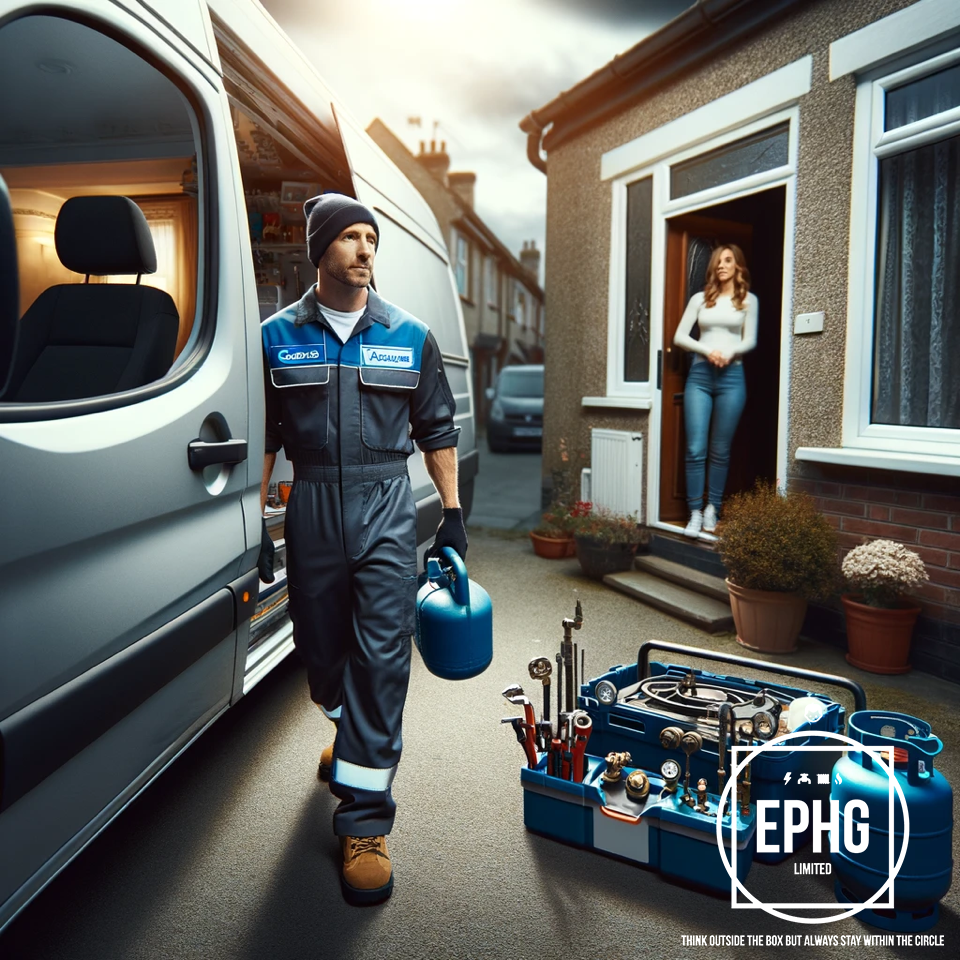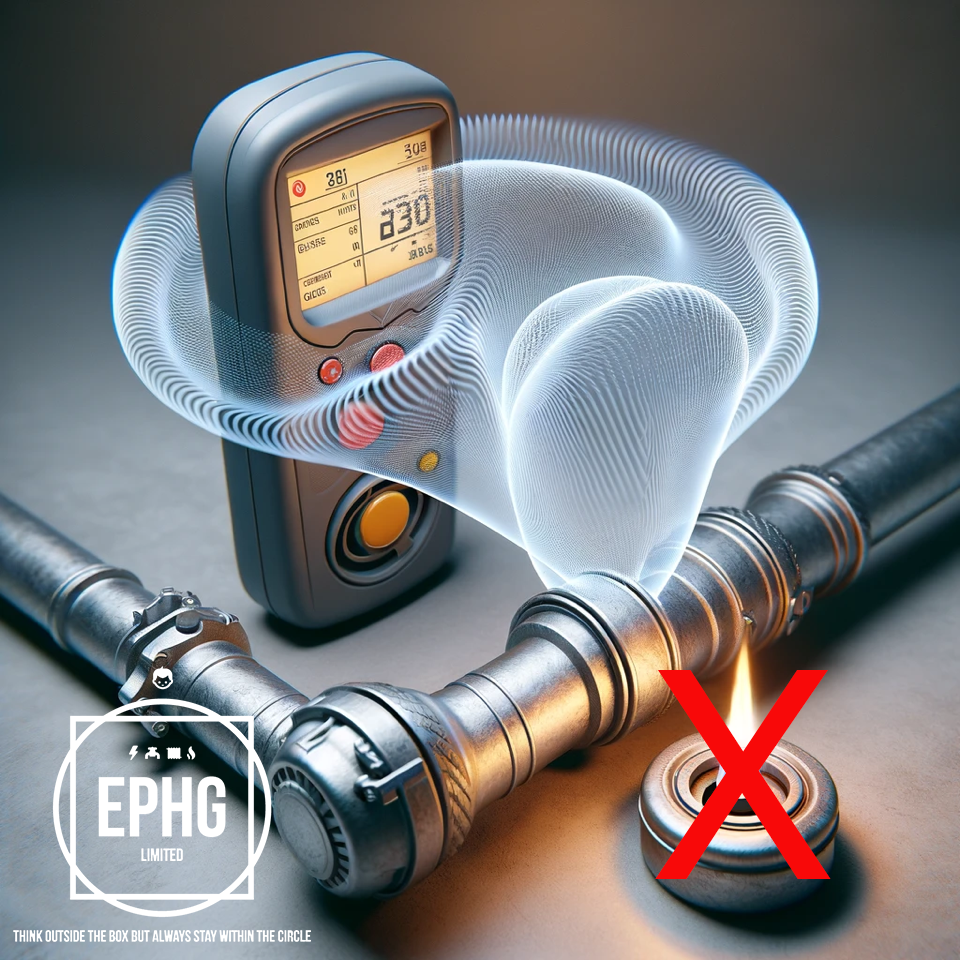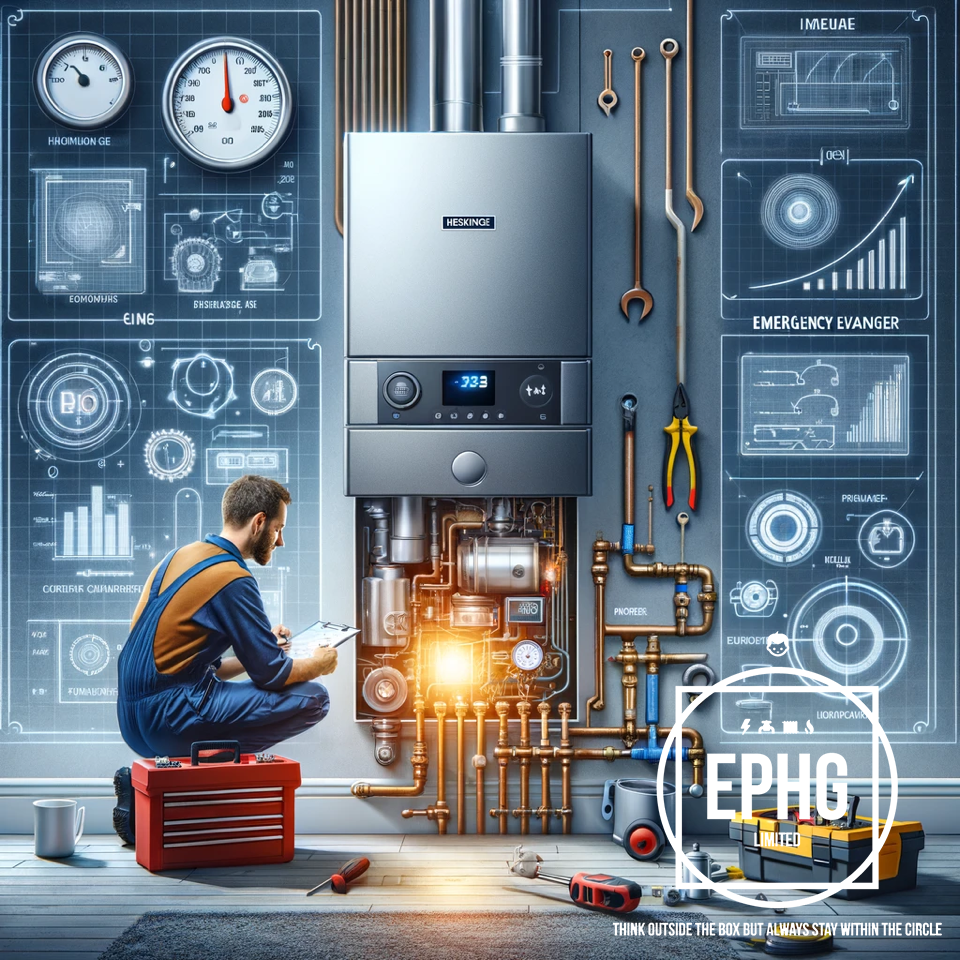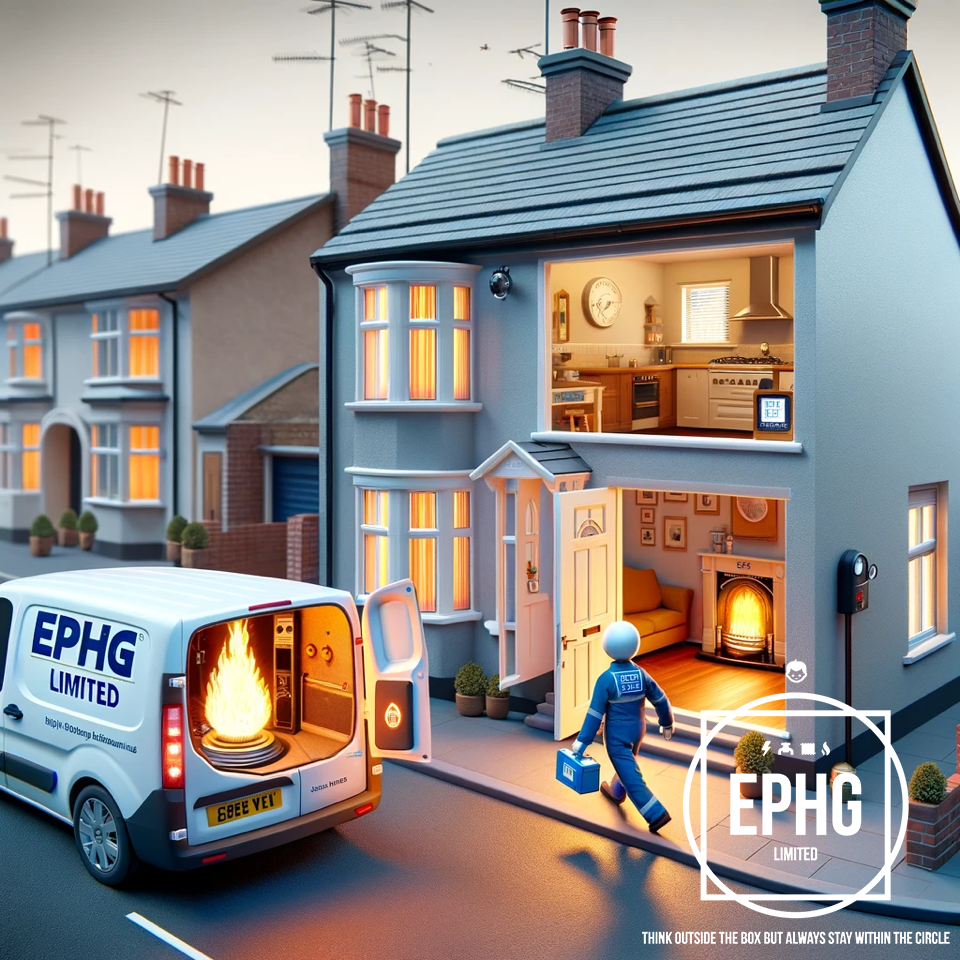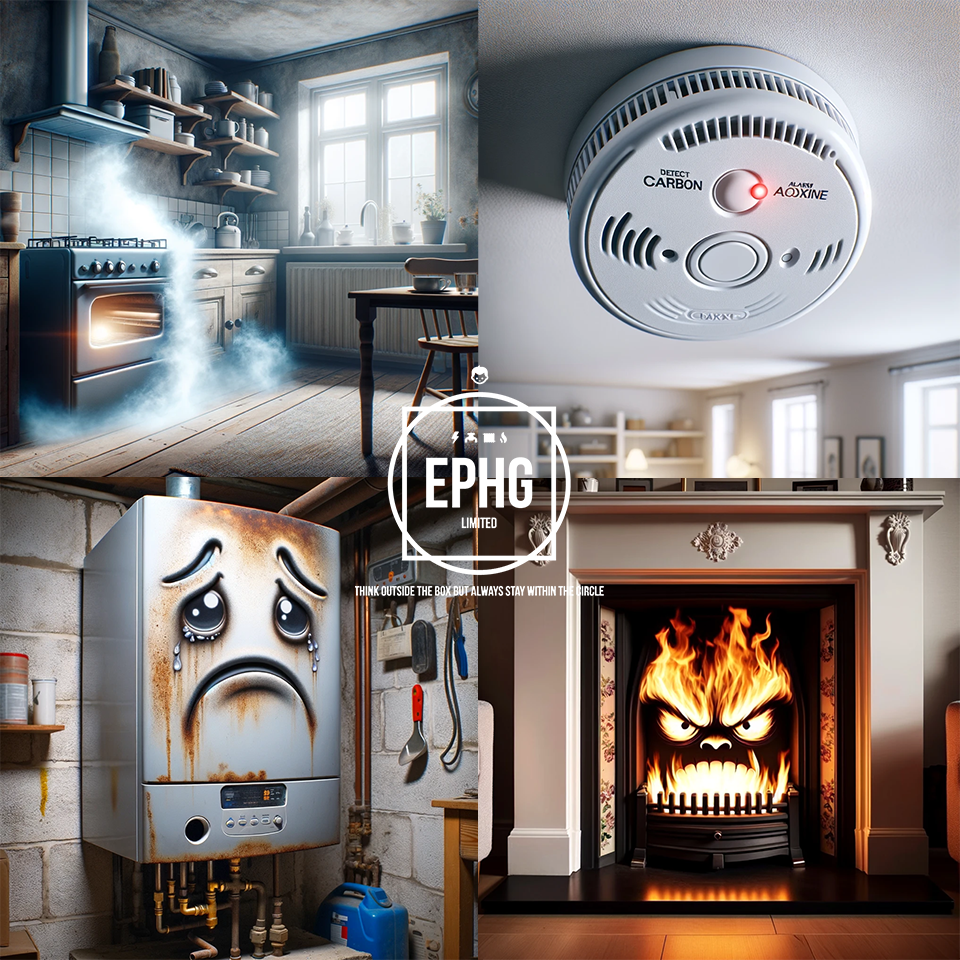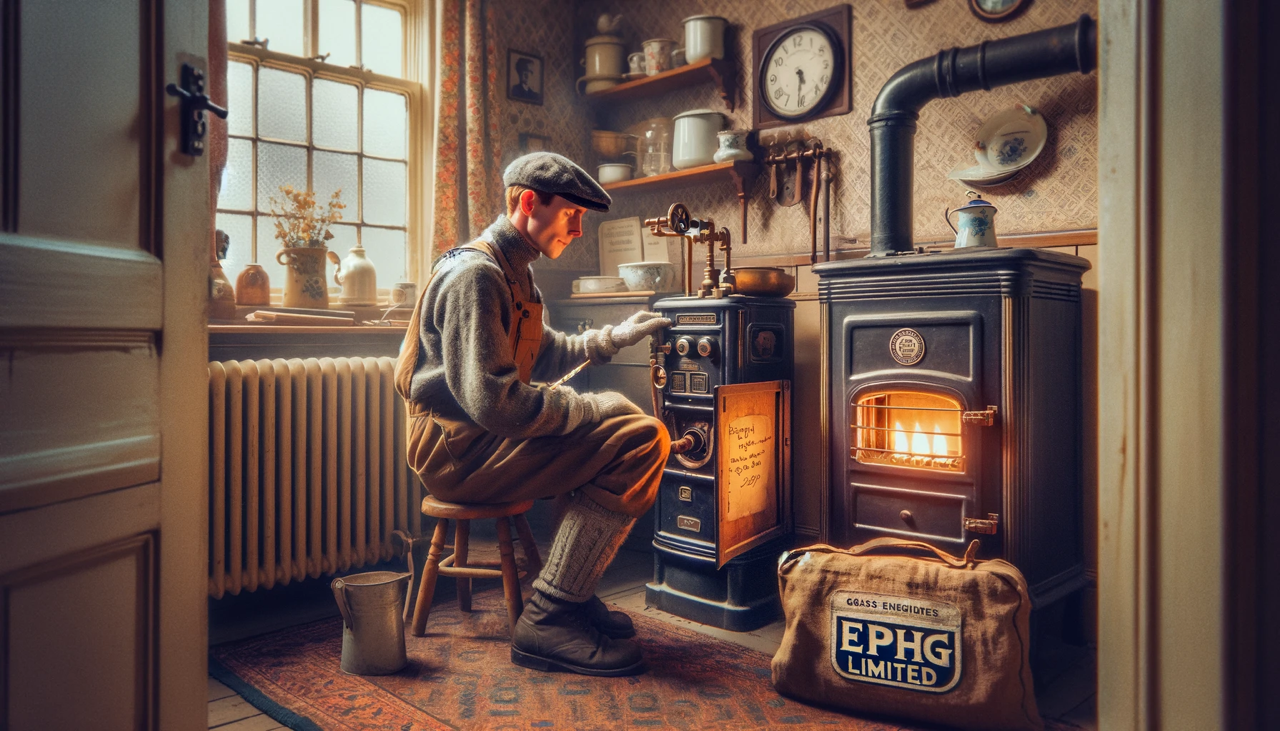

Navigating Part L Compliance: A Blueprint for Builders and Homeowners
An indepth analysis of the heating engineers place in the heating industry
In the labyrinth of UK building regulations, Part L stands out as a critical component aimed at improving the energy efficiency of buildings. Whether you're a builder, architect, or homeowner, understanding Part L is essential for ensuring your projects are not only compliant but also contribute to a more sustainable future. This guide delves into how to apply for Part L compliance, its inception, its mandatory status, and the indispensable role of emergency heating engineers in achieving compliance.
Introduction to Part L: Part L of the Building Regulations, focusing on the conservation of fuel and power, came into effect in 1985. Since then, it has undergone several revisions to tighten energy efficiency standards, with the most recent updates reflecting the UK's ambitious goal to reduce carbon emissions and combat climate change. Part L applies to new buildings and existing buildings undergoing significant alterations or extensions, making its compliance mandatory for most construction projects in the UK.
Is Part L Mandatory?
Yes, compliance with Part L is mandatory for anyone undertaking new construction or significant renovation projects. It encompasses a broad range of requirements, from thermal insulation levels to the efficiency of heating and lighting systems. The regulations are designed to ensure that buildings are constructed and renovated to be as energy-efficient as possible, minimizing waste and reducing environmental impact.
Applying for Part L Compliance
Achieving Part L compliance begins in the planning and design stages of your project. Here's a step-by-step approach to ensure your project meets the necessary standards:
- Early Assessment: Engage with an accredited energy assessor or building control body early in the design process to understand the specific requirements of Part L that apply to your project.
- Design Review: Incorporate energy-efficient designs and materials from the outset, considering aspects like insulation, windows, heating systems, and renewable energy sources.
- Detailed Calculations: Use approved software to calculate the energy performance of your proposed design, ensuring it meets or exceeds the standards set out in Part L.
- Submission of Plans: Submit your detailed plans, along with the energy performance calculations, to your local building control body for approval before beginning construction.
- Construction and Inspection: During construction, ensure that all work is carried out in accordance with the approved plans. Building control or a designated inspector will need to inspect the work at various stages.
- Completion and Certification: Upon completion, a final inspection will confirm compliance with Part L. A certificate of compliance will then be issued, which is necessary for the building to be occupied.
The Role of Emergency Heating Engineers
Emergency heating engineers play a pivotal role in ensuring that heating systems are installed, maintained, and repaired in compliance with Part L. These professionals specialize in energy-efficient solutions that not only meet regulatory standards but also enhance the comfort and sustainability of your home or building. From selecting the right boiler to optimizing the layout of heating systems for maximum efficiency, their expertise is invaluable in achieving Part L compliance.
Furthermore, in the event of a heating system failure, an emergency heating engineer can ensure that any repairs or replacements are in line with Part L requirements, preventing potential disruptions to compliance.
Conclusion: Compliance with Part L is a statutory requirement for most building projects in the UK, underscoring the country's commitment to reducing energy consumption and environmental impact. By understanding how to apply for Part L compliance and recognizing the critical role of professionals like emergency heating engineers, builders and homeowners can navigate these regulations successfully. Engaging with the process not only fulfills a legal obligation but also contributes to the broader goal of creating energy-efficient, sustainable buildings for the future.

Question: Who controls the part L certifications and applications, is the the heating engineer or the builder?
Answer: The control and certification process for Part L compliance, related to the conservation of fuel and power in buildings within the UK, is not the sole responsibility of either the heating engineer or the builder. Instead, it involves a collaborative approach among several parties, including building control bodies, accredited energy assessors, and professionals like builders and heating engineers. Here's how the responsibilities break down:
Building Control Bodies
- Local Authority Building Control (LABC) or Approved Inspectors:
- Energy Assessors: These professionals are crucial in the early stages of a project. They use approved software to perform energy calculations based on the design of the building, ensuring the plans conform to Part L requirements. Their assessments help inform the design process and are required for obtaining building control approval.
- Builders: While builders are responsible for the construction process, ensuring that the work adheres to the approved plans and specifications, including those relevant to Part L, they don't control the certification process. Their role is to implement the designs and specifications that meet Part L requirements and to coordinate with building control bodies for inspections during the construction phase.
- Heating Engineers: Specifically regarding the heating systems, heating engineers (especially those who are Gas Safe registered) are responsible for installing, maintaining, and repairing heating systems in compliance with Part L standards. Although they play a critical role in ensuring the heating systems contribute to the overall energy efficiency of the building, they do not control Part L certifications or applications directly. Their work, however, must meet the standards and is subject to inspection and approval by the building control bodies.
These are the primary entities responsible for overseeing, enforcing, and certifying compliance with Part L of the Building Regulations. They review the construction plans, energy performance calculations, and inspect the work on site to ensure it meets the required standards. Upon satisfactory completion, they issue a certificate of compliance.
Accredited Energy Assessors
Builders and Heating Engineers
In summary, while heating engineers and builders are essential to achieving Part L compliance through their adherence to energy-efficient practices and standards in their respective roles, the actual control, certification, and approval process lies with the building control bodies and accredited energy assessors. These entities ensure that all aspects of the building's design and construction, including heating systems, meet the requirements set out in Part L of the Building Regulations.
Do heating engineers have to be Part L or does the work just have to apply to the Part L regulations?
Heating engineers themselves do not need to be "Part L certified" in the way that products or buildings are certified for compliance. Instead, the work they perform must adhere to the Part L regulations of the UK Building Regulations, which cover the conservation of fuel and power. Part L sets out requirements to ensure that any work on buildings, including the installation, repair, and maintenance of heating systems, is done in a way that meets energy efficiency standards.

Key Points for Heating Engineers Regarding Part L:
- Compliance with Energy Efficiency: Heating engineers must ensure that the heating systems they install, repair, or maintain comply with the energy efficiency requirements specified in Part L. This includes considerations for the boiler's efficiency, the design and installation of heating controls, and the system's overall contribution to the building's energy performance.
- Professional Accreditation: While there's no specific Part L accreditation for heating engineers, being Gas Safe registered (for gas engineers) or registered with a relevant professional body (for heating engineers working with other fuel types) is crucial. These registrations indicate that the engineer is qualified to work safely and competently with heating systems.
- Knowledge of Regulations: Heating engineers need to be familiar with Part L and how it affects their work. This knowledge ensures that any installations or modifications they make support the building's compliance with Part L requirements, particularly regarding system efficiency and the use of energy-efficient technologies.
- Collaboration with Building Control: For new builds or significant renovations that require compliance with Part L, heating engineers may need to work closely with building control bodies or accredited energy assessors. This collaboration can help ensure that the heating system's design and installation align with the building's overall strategy for meeting Part L standards.
- Documentation and Evidence: It's important for heating engineers to provide documentation or evidence of compliance for the work they've carried out. This can include details of the heating system's specifications, efficiency ratings, and any calculations or assessments made to ensure compliance with Part L.
In summary, while heating engineers do not need to be "Part L certified," the work they perform on heating systems must comply with the Part L regulations. Their expertise and adherence to these standards are essential for the overall energy efficiency and regulatory compliance of the buildings they work on.
what date did part L come out
Part L of the UK Building Regulations, which focuses on the conservation of fuel and power, was first introduced in 1985. However, it's important to note that Part L has undergone several revisions since its initial introduction to reflect advances in building technology, changes in energy prices, and the UK's increasing commitment to reducing carbon emissions and addressing climate change.
Key revisions have been made over the years, including significant updates in 2002, 2006, 2010, 2013, and the latest changes in 2021, aiming to further tighten energy efficiency standards. Each revision of Part L aims to improve the energy performance of new and existing buildings, making them more energy-efficient and reducing their environmental impact.


